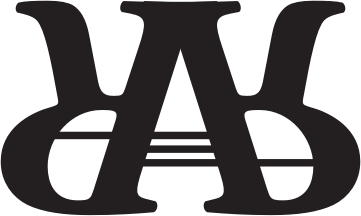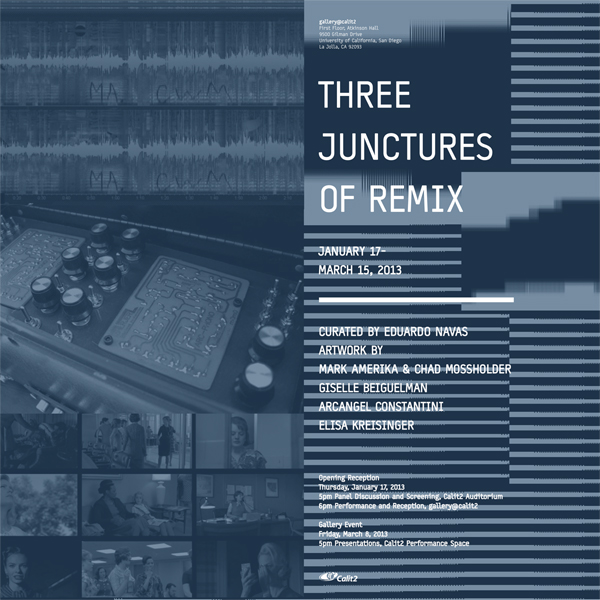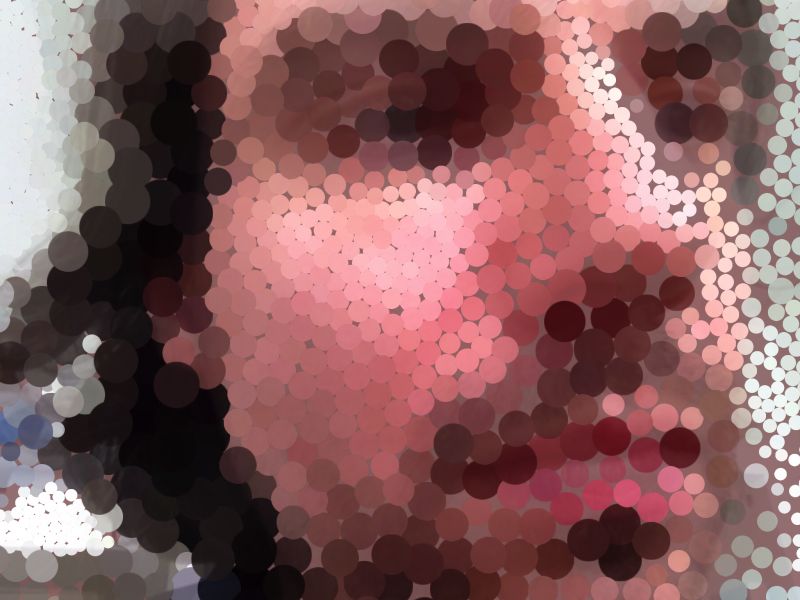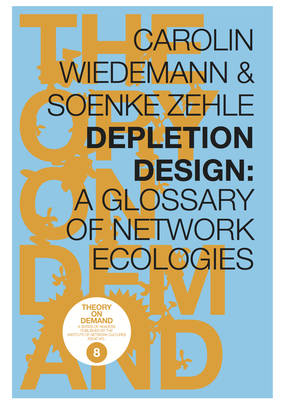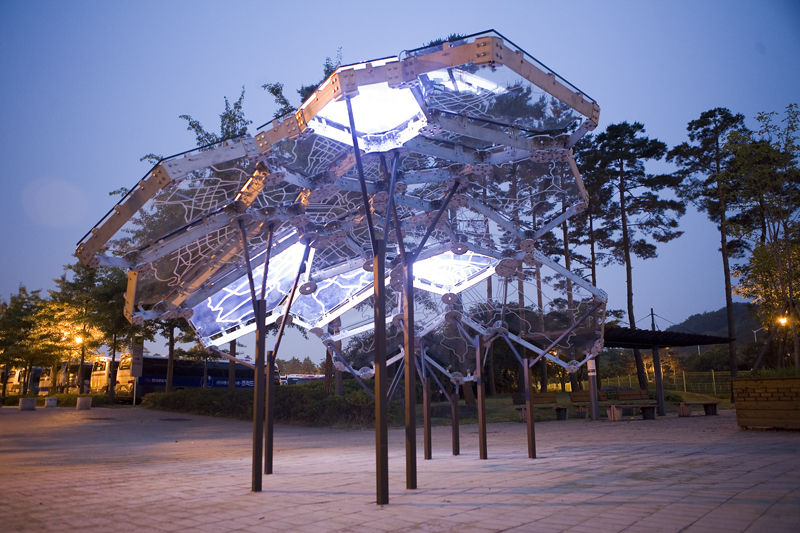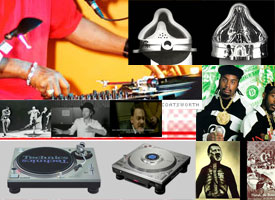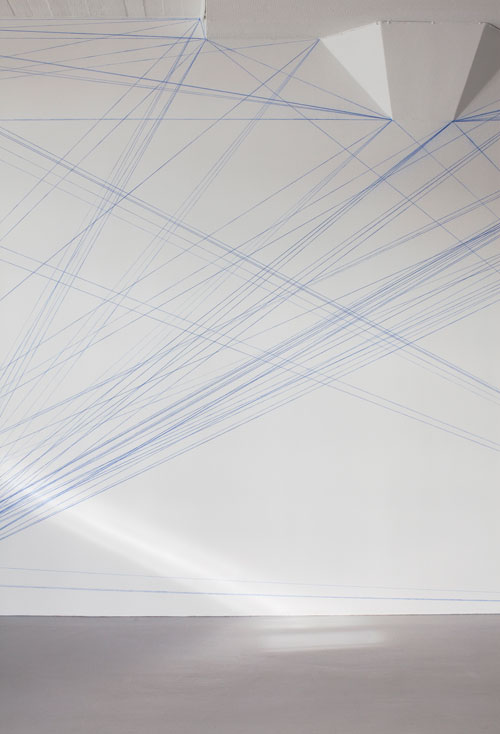REUSE ALOUD
Image source: Basic.fm
Note: Very happy to be participating in the upcoming exhibition, ” Reuse Aloud.” Information below.
Directly from the basic.fm blog:
Newcastle’s Tyneside Cinema and The NewBridge Project present Reuse Aloud, a month-long exhibition and radio broadcast throughout March 2013 featuring work from national and international artists, musicians and writers.
The project will be hosted in The NewBridge Project Space on New Bridge Street West and broadcast on Tyneside Cinema’s online radio station basic.fm as part of its digital arts programme, Pixel Palace.
Reuse Aloud is curated by Will Strong and Rosanna Skett and will examine the art of using old and existing compositions to make something new, and ask questions about originality in the digital age.
It will do this through an ambitious schedule of live and pre-recorded work with contributions from artists and musicians from across the globe, including critically acclaimed artists Frank Nora, Eduardo Navas and Natalia Skobeeva, DJs and mashup pioneers Z-trip and Girl Talk, and award-winning Canadian rap artist Baba Brinkman.
Throughout March a radio booth will be installed in the NewBridge Project Space and it will broadcast 24 hours a day on basic.fm.
Reuse Aloud will open to the public at 5pm on Friday 1 March with a preview event featuring new work from artists Andy Ingamells, Sam Christie, Jess Rose, Rachel Magdeburg and Joe Pochciol.
The project space will be open to the public Monday-Friday, 12noon–6pm throughout March and will culminate in a live 24-hour broadcast marathon starting at 6pm, Friday 29 March and running until 6pm, Saturday 30 March.
Regular updates about Reuse Aloud can be found at:
http://www.basic.fm/
www.thenewbridgeproject.com <http://www.thenewbridgeproject.com/>
http://www.facebook.com/events/117549618424766/

